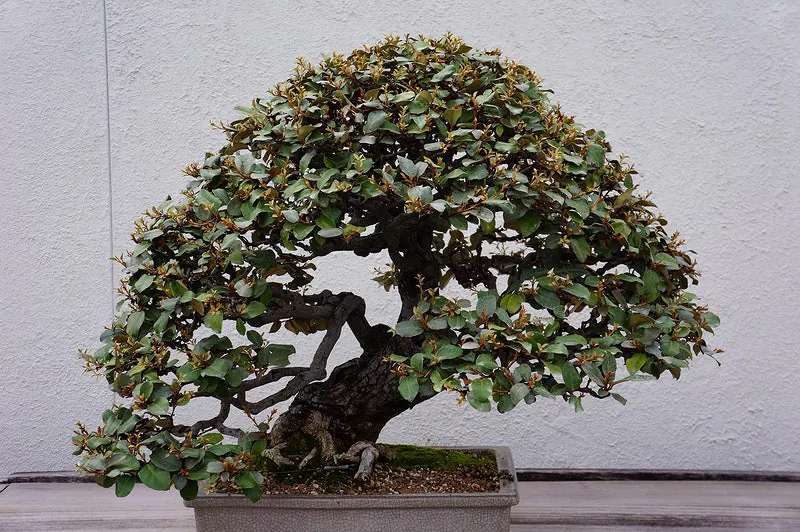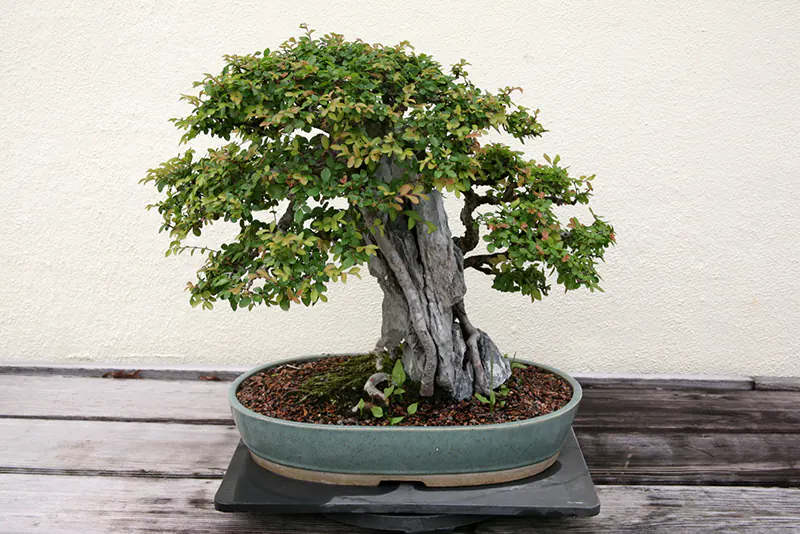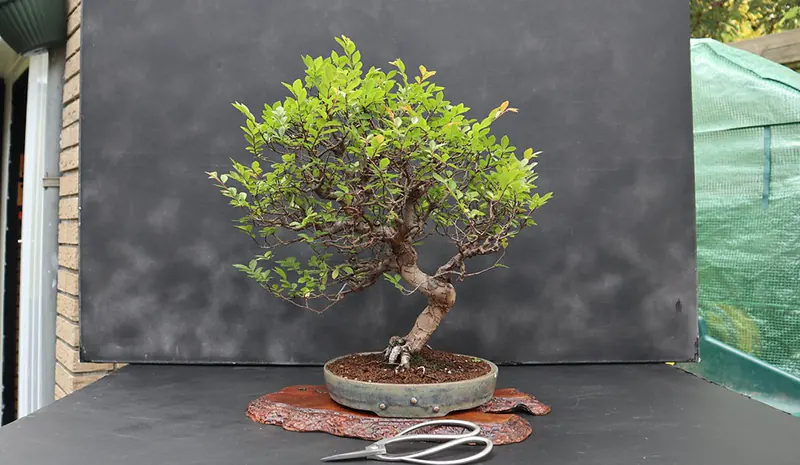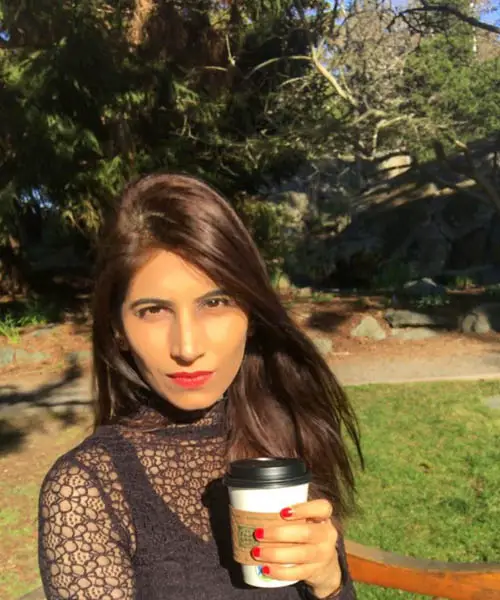Chinese Elm Bonsai Fertilizer Guide
The Chinese Elm, indigenous to China, Japan, and Korea, has small foliage, making it a pretty bonsai plant. Moreover, it’s easy to maintain due to its hardiness and tolerance. However, it’s best to take general care of it to keep it thriving all year round. Since it’s low-maintenance, most people easily overlook its fertilizer requirements; and in this article, we’ll cover just that.
Chinese Elm Bonsai Fertilizer Guide
Chinese elms grow vigorously and develop quick-growing foliage when they receive an ample amount of light. And when you fertilize it properly, it will grow much quicker and healthier. Fertilizers can help keep diseases, pests, and insects at bay. You can go for slow-release granules or liquid fertilizer when choosing an appropriate type.
You can place slow-release granules on the topsoil, and they will slowly dissolve with watering. When the granules break apart, they release essential nutrients to the soil. Once the granules or tablets are dissolved, add more in a timely manner. A well-balanced liquid fertilizer is also a great choice for a Chinese Elm. If using a liquid fertilizer, use it every two weeks. Alternatively, you can apply the pellets every month.
Ensure that when the tree is undergoing stress due to pruning or pest and disease recovery, you must wait for a while before fertilizing it. If your bonsai is new, wait until it produces light green leaves before feeding it. It’s a good idea to feed your tree once every two to four weeks from Spring to Autumn and less frequently during winter. When the tree is in dormancy, it’s better not to fertilize it during that time. If you overfeed your tree, you can risk burning the foliage along with myriad other problems. Image courtesy of Cliff | License Details
Image courtesy of Cliff | License Details
Other Factors
In addition to fertilizing, you must consider other important factors, as below, or else feeding the tree alone won’t work.
The soil’s surface should be a tad bit dry before you water it again. You’ll need to water the tree every day or two during spring and summer, but less so during late autumn and winter. You might find it helpful to water your bonsai by placing it in a sink and showering it from above until the water drains out from the drainage holes. The water can dry out quickly due to the shallow bonsai container and coarse soil. It would help if you checked the soil by sticking your finger 1.25 cm into it and seeing if it’s dry enough. Additionally, gently mist your tree weekly or bi-weekly with a spray mist to keep the leaves fresh and supple and moisten the soil.
Ideally, you should keep your Chinese Elm bonsai in a warm location, between 15 and 20 degrees Celsius. Also, ensure that it receives enough morning sunlight and afternoon shade. The location where you place your bonsai is essential, as it should receive enough ventilation, ideally an open window. However, cold air drafts and wind gusts aren’t good for the plant. If you’re placing the plant outside, make sure it’s behind a taller plant to protect it from strong gusts.
Like any other house plant, your Chinese Elm bonsai is also susceptible to pests and bugs. It will help to use a gentle and organic pesticide if you notice any signs of pests. If you see any abnormality or stickiness in the foliage, visible insects, or any other tell-tale signs of an insect or a pest problem, you should act immediately. Make a solution with 1 tsp of liquid dish soap and 1-liter tepid water in a spray bottle. Spray the solution on the foliage and rinse it off with water every few days. Neem oil spray is also an excellent alternative.
Last but not least, keep an eye out for signs of other problems like fungal diseases. Keep the plant and the surrounding area clean to avoid any such problems. If your bonsai is new, repot it every. If it’s fully developed, repot it once every two to four years. Avoid any heavy root pruning. Image courtesy of Jerry Norbury | License Details
Image courtesy of Jerry Norbury | License Details
Take Proper Care of your Chinese Elm Bonsai
In general, Chinese Elms don’t need any special care or maintenance, but if you want them to last longer and in a healthy state, you should take primary care of them like every other house plant.







